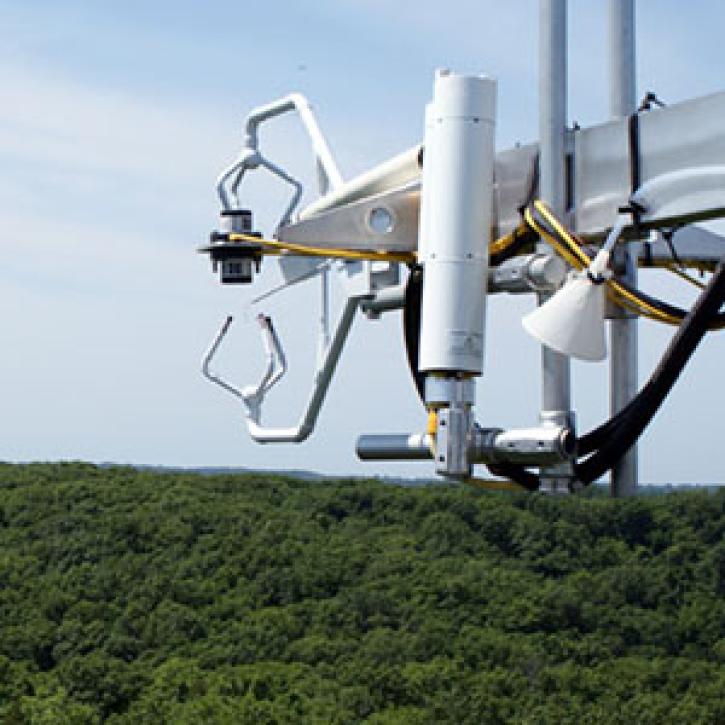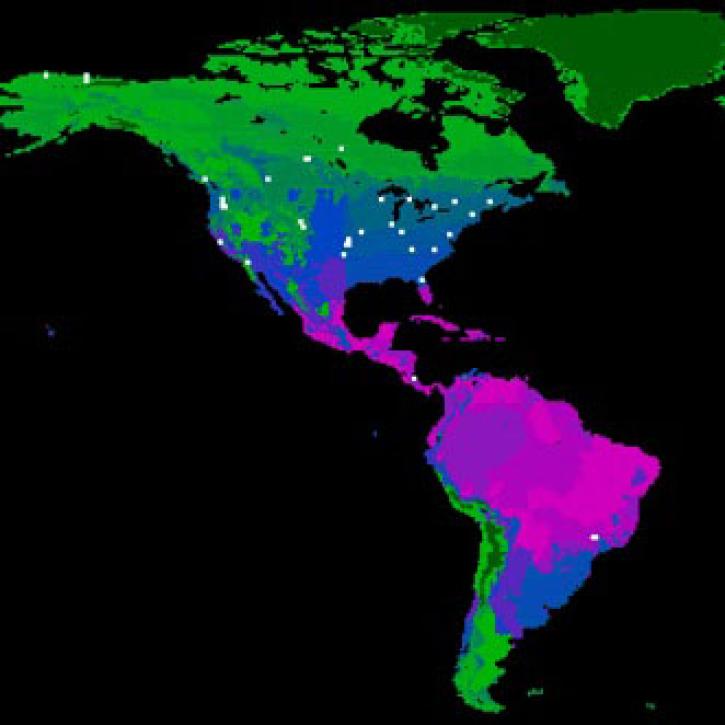Access a range of datasets and data tools to further your carbon flux research.
Carbon flux is the direction and rate of transfer — or flow — of carbon between Earth’s carbon pools, such as the oceans, atmosphere, land, and living things. Carbon fluxes can be natural exchanges, such as land-atmosphere and ocean-atmosphere fluxes. The can also be human-triggered exchanges, such as urban carbon fluxes occurring within the built environment involving fossil fuel use and other processes. Understanding and tracking carbon flux is part of increasing our knowledge of Earth's carbon cycle and how it affects ecosystem function, plant growth, and climate.
NASA offers carbon flux data derived from multiple sources including computer models and the versatile Moderate Resolution Imaging Spectroradiometer (MODIS) and Global Ecosystem Dynamics Investigation (GEDI) lidar instruments.
Learn How to Use Carbon Flux Data
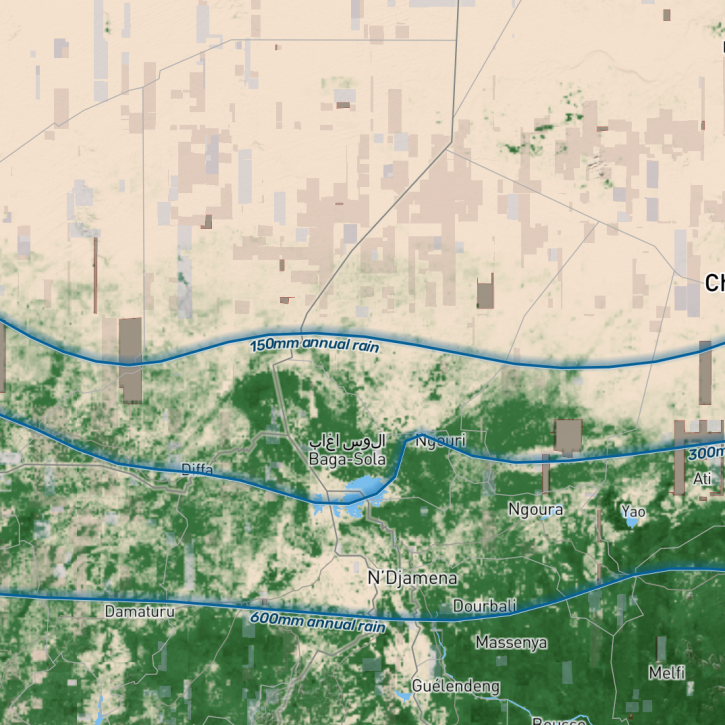
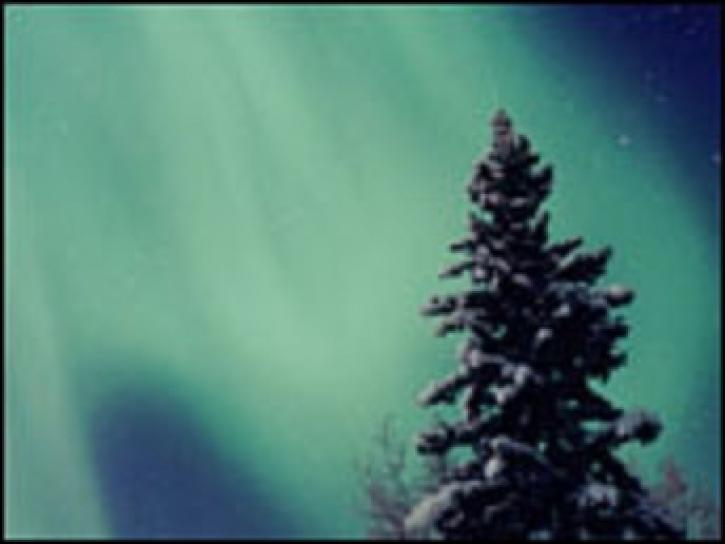
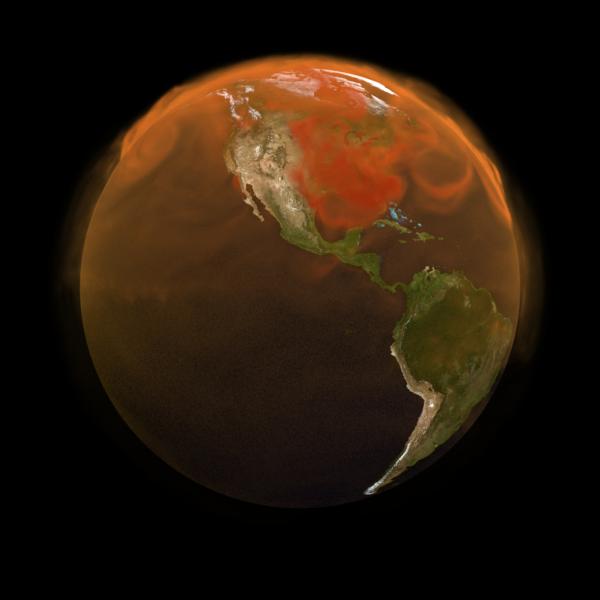
Join Our Community of NASA Data Users
While NASA data are openly available without restriction, an Earthdata Login is required to download data and to use some tools with full functionality.
Learn About the Benefits of Earthdata LoginFrequently Asked Questions
Earthdata Forum
Our online forum provides a space for users to browse thousands of FAQs about research needs, data, and data applications. You can also submit new questions for our experts to answer.
Submit Questions to Earthdata Forumand View Expert Responses